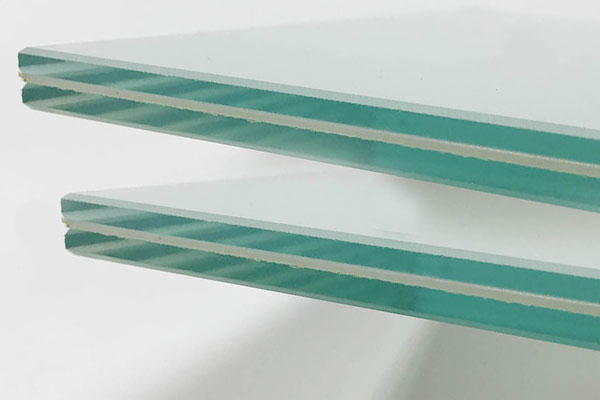What type of glass do I have installed at home?
How do I know the type of glass I have installed at home or in the office?
Let's try to understand, in broad terms, how we can understand the type of glass I have installed in my home or office; what do you need to understand? Simple, to choose the most suitable film that does not damage the glass; yes, because the technical film (we are not talking about decorative films), if installed internally or externally, has different effects on the glass, in some cases the glass can break, so it is wise to inquire and not buy films only for an aesthetic reason.
Thin glass, monolithic glass
The simplest glass of all is thin and monolithic glass, the one that was used years ago and that is still present in old windows: this is a single layer of glass usually 3mm to 4mm thick. 
Tempered glass or tempered glass
An evolution of thin glass has been tempering, that is a process of rapid heating and cooling of the glass which has the characteristic, in the event of a collision, of making it break into small non-cutting fragments; tempered or tempered glass usually has a print with the words "tempered" or "tempered".
Double glazing, double glazing
Another type of common glass that we find is double glass, or double glazing which is made by coupling two monolithic glasses through a stainless steel spacer (or aluminum or PVC) which is hermetically sealed with the two glasses with simply dry air inside . Visually, double glazing looks like this:
Low emissivity glass or with inert gas
In the most recent double glazing, the air has been replaced by noble inert gases (usually Argon) which serve to further insulate our home. It is not easy to recognize a glass with inert gas, an empirical test can be carried out by lighting a flame in front of the glass and observing its reflection in the glass. The reflection of the flame will tend to change color and be less defined 
Laminated glass, safety glass, laminated glass
Then there are stratified or laminated glasses which are nothing more than two monolithic glasses glued by a thin plastic layer of PVB. These have the characteristic, in case of impact, of not shattering as the interposed plastic layer will retain the splinters 
Conclusions
This shown is a simplification of the types of existing glass, in reality there are all the possible combinations between the various glasses, then adding colors, insulating metal layers ... but this small diagram will be useful for you to broadly identify yours glass, avoiding gross errors in the choice of films.

